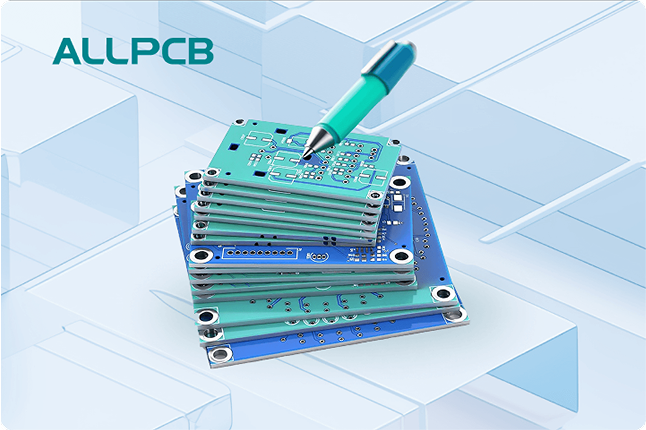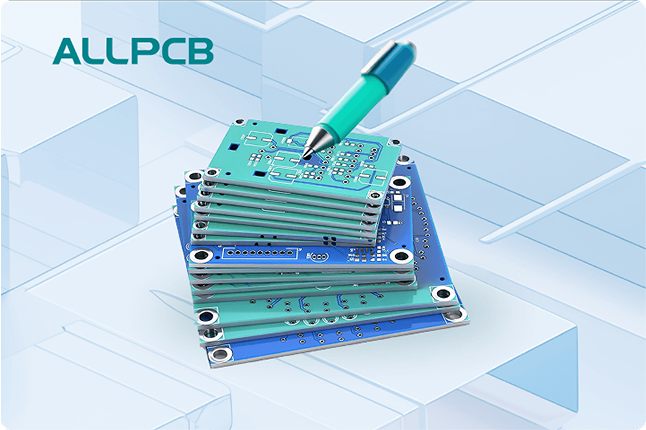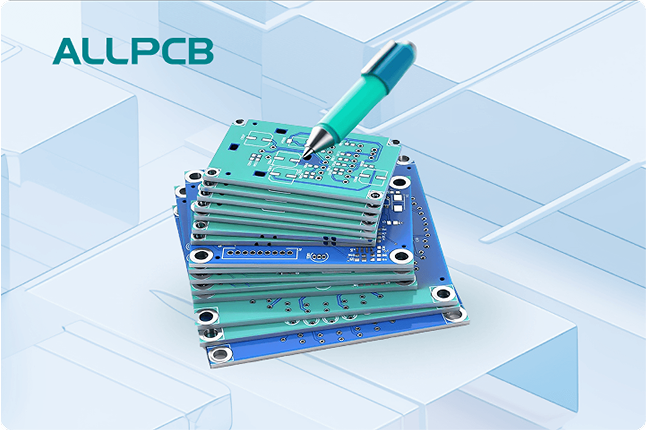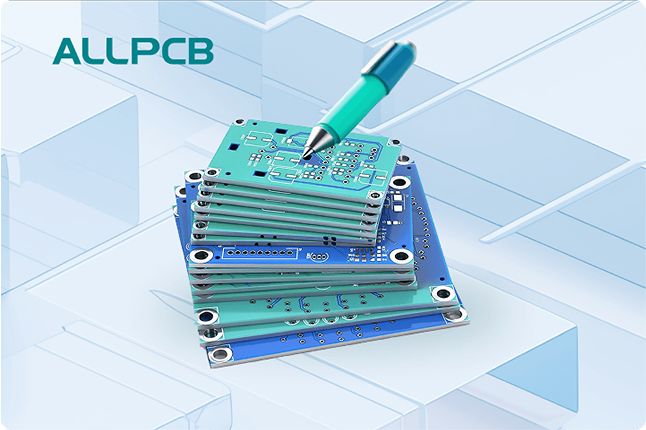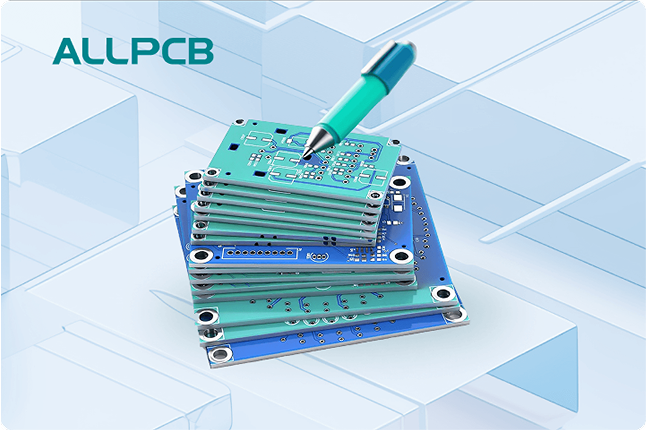Designing a flexible printed circuit board (PCB) that is ready for manufacturing can be challenging, but with the right approach, you can avoid costly errors and ensure a smooth production process. If you're looking for a comprehensive guide to creating DFM-ready flex PCB designs, you're in the right place. This ultimate checklist covers everything from bending radius considerations to material selection and impedance control, ensuring your design meets manufacturing standards and performs reliably.
In this blog, we'll dive deep into the key aspects of Design for Manufacturability (DFM) for flex PCBs. Whether you're an experienced engineer or just starting with flexible circuits, this guide will provide actionable steps to optimize your design for production while targeting critical areas like bending radius DFM, material selection for flex PCBs, and impedance control in flex circuits. Let's get started with the essentials to make your flex PCB project a success.
Why DFM Matters for Flex PCB Designs
Design for Manufacturability (DFM) is the process of designing products in a way that makes them easy and cost-effective to produce. For flex PCBs, which are often used in compact, high-performance applications like wearables, medical devices, and aerospace systems, DFM is even more critical. Unlike rigid PCBs, flex circuits must bend, fold, and withstand dynamic stress, all while maintaining electrical performance. A single oversight in the design phase can lead to failures during manufacturing or in the field, costing time and money.
By following a Flexible PCB DFM checklist, you can address potential issues early, reduce rework, and ensure your design aligns with manufacturing capabilities. This checklist will walk you through the most important factors to consider, helping you create a design that not only works but is also manufacturable at scale.
1. Understand Bending Radius for DFM
One of the defining features of flex PCBs is their ability to bend and fold. However, bending too tightly or improperly can cause cracks in the copper traces or delamination of layers, leading to circuit failure. That's why considering bending radius DFM is a top priority in your Flexible PCB DFM checklist.
The bending radius refers to the minimum radius a flex PCB can be bent without damaging the materials or traces. A general rule of thumb is to maintain a bending radius of at least 10 times the thickness of the flex circuit for dynamic applications (where the PCB bends repeatedly). For static applications (where the PCB is bent once and stays in place), a bending radius of 6 times the thickness is often acceptable. For example, if your flex PCB is 0.1 mm thick, aim for a minimum bending radius of 1 mm for dynamic bending.
To optimize your design for bending radius DFM:
- Identify the areas of your PCB that will bend and specify whether the bending is static or dynamic.
- Avoid placing components or vias in bending zones to prevent stress on solder joints or connections.
- Use thinner copper layers (e.g., 0.5 oz or 1 oz) in dynamic bending areas to reduce stress, as thicker copper (e.g., 2 oz) is less flexible and more prone to cracking.
By carefully planning the bending radius, you can ensure the longevity and reliability of your flex PCB during manufacturing and use.
2. Material Selection for Flex PCBs
Choosing the right materials is a cornerstone of a successful flex PCB design. Material selection for flex PCBs directly impacts flexibility, durability, thermal performance, and manufacturability. The wrong material can lead to issues like cracking, poor adhesion, or failure to meet electrical requirements.
The most common base material for flex PCBs is polyimide (PI), which offers excellent flexibility, thermal stability (up to 260°C), and chemical resistance. Polyimide is ideal for applications requiring repeated bending or exposure to harsh environments. For less demanding applications, polyester (PET) can be a cost-effective alternative, though it is less durable and has a lower temperature tolerance (around 105°C).
When selecting materials, consider the following DFM tips:
- Adhesives: Opt for adhesive-less laminates if possible, as they reduce the risk of delamination during bending and improve thermal performance. If adhesives are necessary, ensure they are compatible with your base material and application.
- Copper Thickness: Thinner copper (e.g., 0.5 oz or 18 μm) is better for dynamic flexing, while thicker copper (e.g., 2 oz or 70 μm) may be needed for higher current-carrying capacity in static areas.
- Coverlay: Use a polyimide coverlay instead of a liquid photoimageable (LPI) solder mask for better flexibility and protection in bending areas. The coverlay thickness should typically match the base material, often around 25-50 μm.
Work closely with your manufacturing partner to confirm that your chosen materials align with their processes and capabilities. This step in material selection for flex PCBs ensures your design is manufacturable and meets performance expectations.
3. Impedance Control in Flex Circuits
For high-speed applications, maintaining signal integrity is crucial, and this is where impedance control in flex circuits comes into play. Impedance control ensures that signals travel through the circuit without excessive reflection or loss, which can degrade performance in applications like data transmission or RF communication.
In flex PCBs, achieving controlled impedance is more complex than in rigid boards due to the thinner dielectrics and varying layer structures. The target impedance value often depends on the application—for instance, USB 2.0 requires a differential impedance of 90 ohms, while HDMI may need 100 ohms. To achieve this, you must carefully design the trace width, spacing, and dielectric thickness.
Here are key DFM considerations for impedance control in flex circuits:
- Trace Geometry: Use a controlled impedance calculator or simulation software to determine the correct trace width and spacing for your target impedance. For example, a 50-ohm single-ended trace on a 25 μm polyimide dielectric might require a width of 0.1 mm and a specific ground plane distance.
- Dielectric Consistency: Ensure the dielectric material and thickness are uniform across the board, as variations can alter impedance. A common dielectric thickness for flex PCBs is 25-50 μm.
- Ground Planes: Incorporate solid or hatched ground planes beneath signal traces to stabilize impedance, especially in high-speed designs. Avoid interruptions in the ground plane under critical traces.
- Layer Stackup: Design the stackup to minimize crosstalk and maintain consistent impedance. For instance, a 4-layer flex PCB might sandwich high-speed traces between two ground layers for better signal integrity.
Testing and validation are essential for impedance control. Include test coupons in your design to allow manufacturers to verify impedance values during production. This step ensures your flex PCB performs as expected in high-speed applications.
4. Layout and Routing Best Practices for Flex PCBs
The layout of a flex PCB plays a significant role in its manufacturability and performance. Poor routing or placement can lead to stress points, signal interference, or manufacturing defects. As part of your Flexible PCB DFM checklist, follow these layout and routing guidelines:
- Avoid Sharp Corners: Use curved traces instead of 90-degree angles in bending areas to reduce stress concentration. A minimum radius of 0.5 mm for trace corners is often recommended.
- Teardrop Vias: Add teardrop-shaped pads at via connections to strengthen the junction and prevent cracking during bending.
- Stiffeners: Include stiffeners in areas with connectors or components to provide mechanical support. Stiffeners are typically made of FR4 or polyimide and range from 0.2 mm to 1.6 mm in thickness.
- Trace Spacing: Maintain adequate spacing between traces (e.g., at least 0.1 mm for 1 oz copper) to prevent short circuits and ease manufacturing.
Additionally, keep high-speed or sensitive traces away from bending zones to avoid signal degradation. Proper layout ensures your design is both functional and manufacturable.
5. Stackup Design and Layer Considerations
The stackup of a flex PCB defines how layers are arranged, impacting flexibility, signal integrity, and manufacturing complexity. A well-designed stackup is a critical part of your Flexible PCB DFM checklist.
- Minimize Layers: Use the fewest layers possible to reduce cost and improve flexibility. A single-layer or double-layer flex PCB is often sufficient for simpler designs.
- Balanced Construction: Ensure the stackup is symmetrical to prevent warping during manufacturing. For example, in a 4-layer design, place equal dielectric thicknesses on both sides of the center layers.
- Flex and Rigid Areas: For rigid-flex designs, clearly define transitions between flexible and rigid sections. Use gradual transitions to avoid stress points.
Consult with your manufacturing partner to finalize the stackup, as they can provide insights into material availability and process limitations.
6. Documentation and Communication with Manufacturers
Clear documentation is vital for DFM-ready flex PCB designs. Incomplete or unclear instructions can lead to manufacturing errors, delays, or additional costs. Include the following in your design package:
- Detailed fabrication drawings with bending radius, material specifications, and stackup details.
- Notes on critical areas, such as impedance-controlled traces or dynamic flex zones.
- Test requirements, including impedance test coupons or specific electrical testing protocols.
Communicate early and often with your manufacturer to confirm design rules, tolerances, and capabilities. This collaboration ensures your design aligns with their processes, reducing the risk of issues during production.
7. Testing and Validation for DFM
Before sending your design for full-scale production, validate it through prototyping and testing. This step in your Flexible PCB DFM checklist helps identify potential issues early.
- Prototype Testing: Build a small batch of prototypes to test bending, electrical performance, and mechanical durability.
- Environmental Testing: Subject the PCB to temperature, humidity, and vibration tests to simulate real-world conditions.
- Signal Integrity Testing: Verify impedance and signal performance for high-speed designs using tools like a Time Domain Reflectometer (TDR).
Testing ensures your design is robust and ready for manufacturing, saving time and resources in the long run.
Conclusion: Build Better Flex PCBs with a DFM Checklist
Creating a DFM-ready flex PCB design requires careful planning and attention to detail. By following this ultimate Flexible PCB DFM checklist, you can address critical factors like bending radius DFM, material selection for flex PCBs, and impedance control in flex circuits. Each step—from material choices to layout optimization and manufacturer communication—plays a vital role in ensuring your design is manufacturable and performs reliably in its intended application.
Start by reviewing your design against this checklist, focusing on areas like bending zones, material compatibility, and signal integrity. With these best practices in mind, you'll be well-equipped to create flex PCB designs that meet both technical and manufacturing requirements. A well-thought-out design not only saves time and cost but also delivers a product that stands up to the demands of modern electronics.
 ALLPCB
ALLPCB


